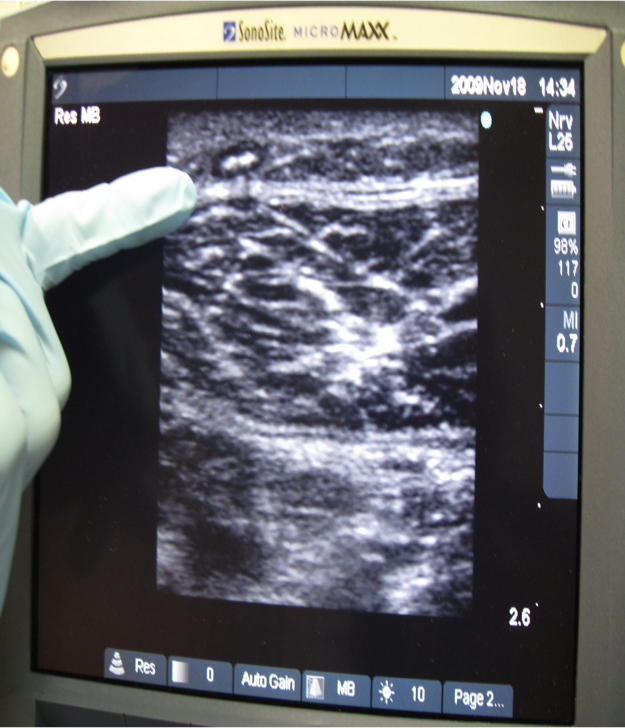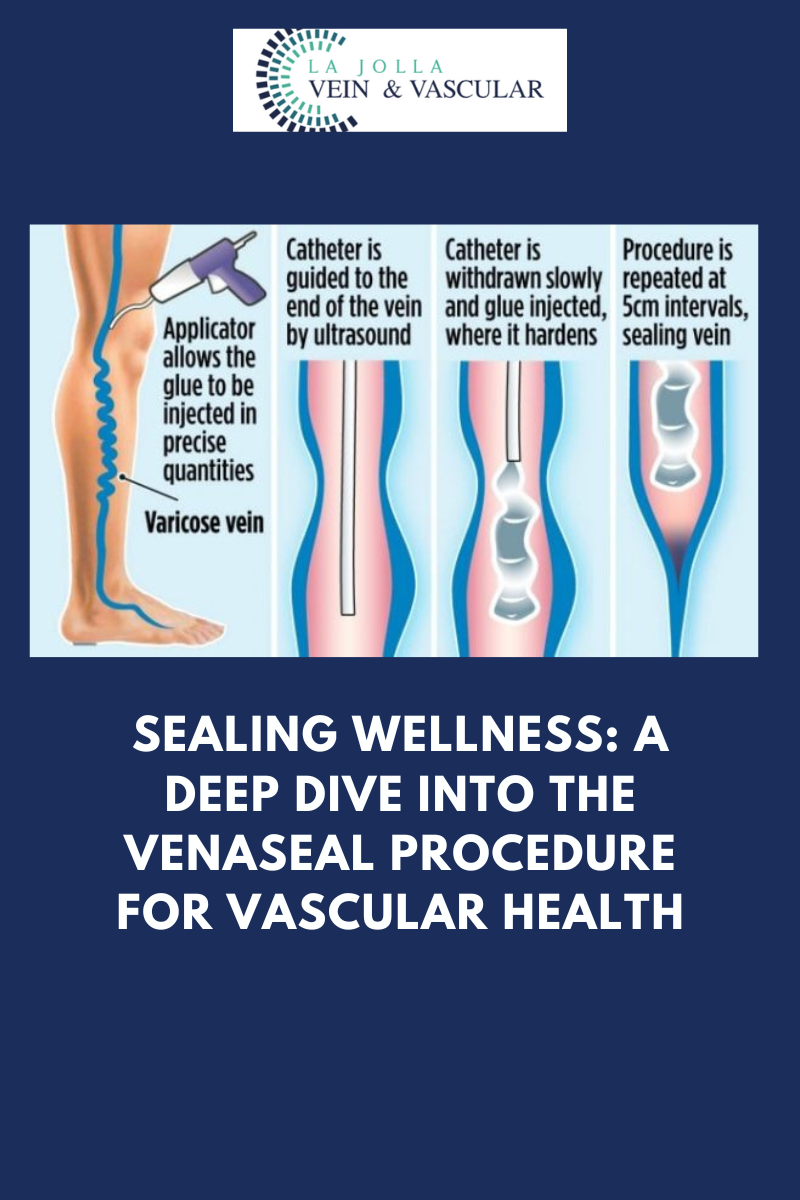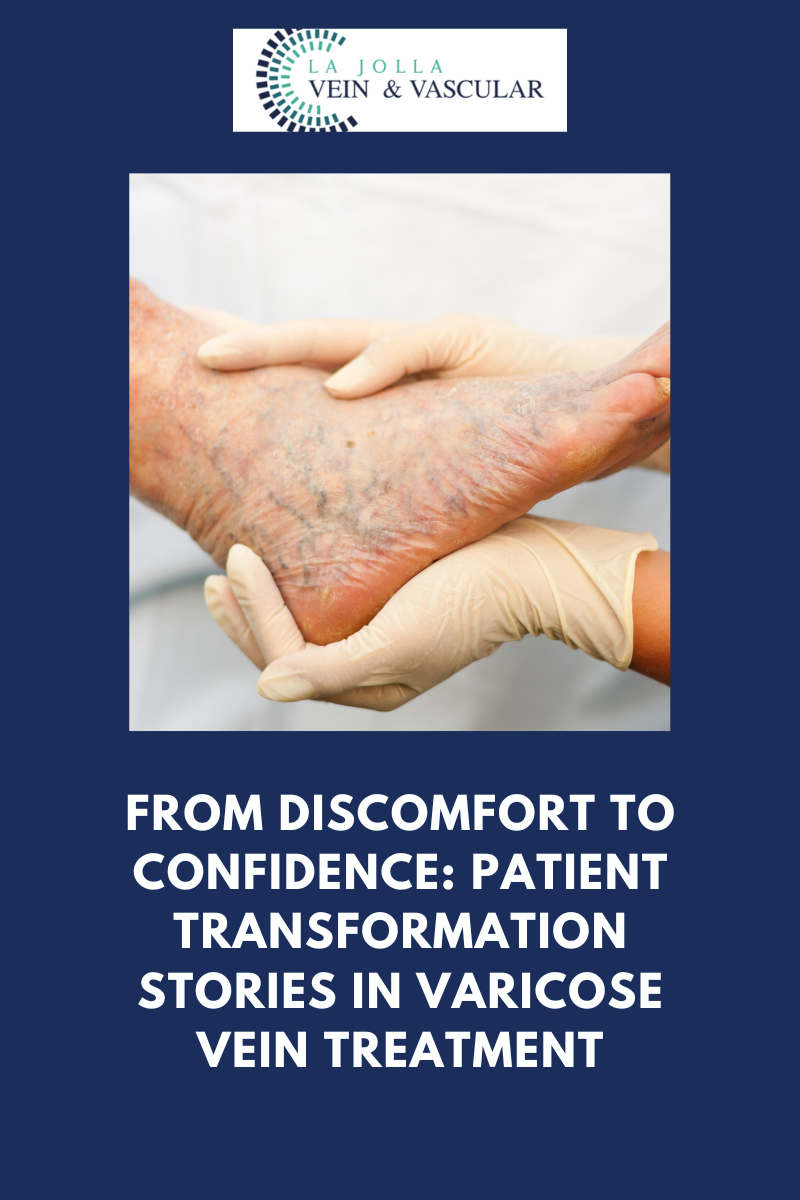History of Foam Sclerotherapy Treatment of Varicose Veins

Foamed sclerosant inside a vein: Once foam is introduced into the vein, it is hyperechogenic on ultrasound. In this picture, a La Jolla Vein Care doctor points to the foamed medication inside the vein. Notice it appears ‘white.’
In 1994 and 1950, E.J. Orbach introduced the concept of a macro bubble air-block technique to enhance the properties of sclerosant in performing macrosclerotherapy. Apparently, few vascular surgeons were interested in the subject and the technique languished. The work of Juan Cabrera and colleagues in Spain attracted attention of some vein specialists and interest in the use of foam technology in treating venous insufficiency was reawakened. Administration of foamed sclerosant was reintroduced in the early 1990s by Cabrerra, who summarized a broad experience in 1997. By the 1990’s, broad use of diagnostic ultrasound imaging made it possible to monitor foam distribution with ultrasound scanning. Some 40 years earlier, and before the development of ultrasound scanning, foam had been used in Germany to treat varicose veins. At that time, foam was made by special syringes and its distribution was assessed by touch, instead of ultrasound scanning. Tessari , prior to the year 2000 developed an easy way of making liquid sclerosant into foam using two syringes and a three-way stop cock. By 2000, Sica was able to report a three-year experience using foamed sclerosant in treating saphenous varices. Since that time, foam has appeared increasingly in general use. Around 2000, Dr. John Bergan began describing the utility and success of foam treatment to physicians in the United States and can be attributed to bringing its awareness to North America. Over the past decade foam has gained world-wide popularity for the treatment of varicose vein tributaries in place of surgery. Varithena foam was recently FDA approved to treat the great saphenous vein with foam sclerotherapy. Dr. Bergan predicted that microfoam sclerotherapy will eventually replace all other methods. Presently, it is most commonly used as an adjunct to endovenous ablation of the great and small saphenous veins or as a sole treatment for surface varicose veins.






